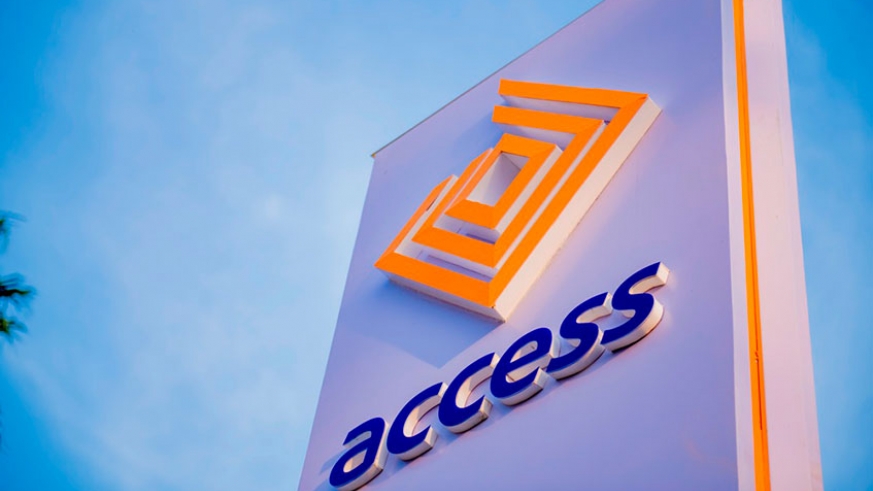Points To Note When Fixing Prices For Your Products, Services
Fixing prices is very important because it determines the contribution and profit of a firm.
There are 3 approaches to pricing:
1. Demand/ Customer based approach- This reflects customers perception of the benefits they will enjoy from purchasing the product e.g. convenience, status, etc.
2. Cost based approach- Cost here could mean actual cost, standard cost, marginal cost, relevant cost or full cost. Usually a chosen mark up or margin is added to determine selling price.
3. Competition based approach- Involves setting a price based on the prices of competing products.
Customer and competition based pricing are more likely to maximize profits since they take into account the behaviour of customers and competitors as well as the need to recover costs.
Cost based pricing in contrast simply reflects the objective of cost recovery or achieving a margin on sales and ignores the potential to exploit the level of customers’ interest in the product or the strength of the product in the market relative to competition.
Procedure for establishing the optimum price of a product include:
Step 1- Establish the linear relationship between price (P) and quantity demanded (Q). The equation will take the form: P = a – bQ, Where
a = intercept i.e. the maximum theoretical price at which demand will fall to zero.
b = the gradient of the line i.e. the amount the price has to change to change the demand by one unit.
Step 2- Double the gradient to find the marginal revenue MR= a – 2bQ
Step 3- Establish the marginal cost MC. This is normally the variable cost per unit.
Step 4- To maximize profit equate MC and MR and solve to find Q.
Step 5- Substitute this value of Q into the price equation to find the optimum price.
Step 6- It may be necessary to calculate maximum profit.
Equation for the Total Cost function-
This can be derived using the high /low method and then predictions can be made from the equation derived.
Price Elasticity of Demand
This is the measure of how responsive demand is to a change in price.
PED = % change in demand / % change in price.
Pricing Strategies
Market Skimming- Involves charging high prices when a product is first launched in order to maximize short term profit. Once the market becomes saturated the price can be reduced to attract other parts of the market which remain unexploited.
Penetration Pricing-
Involves charging low prices when a new product is initially launched in order to gain rapid acceptance. Once market share is achieved, prices are increased. It is an alternative to market skimming.
Complimentary Pricing- This strategy is normally used with 2 products e.g. razors and razor blade. If sales of razor increase, more razor blades will be bought.
Product line Pricing- A product line is a range of products that are related to one another.
Product line pricing occurs when setting the price steps between various products in a product line based on cost differences between the products, customer evaluations of different features and competitor pricing.
Volume Discounting- This is used to increase customer loyalty or attract new customers. It involves offering customers a lower price per unit if they purchase a particular quantity of product.
Price Discrimination- This occurs when a company sells the same product at different prices in different markets for reasons not associated with costs.
Customers may be segregated into different markets and the seller must have some degree of monopoly power. The danger however is that a black market may develop or competitors may join the market and undercut the firm.
Cost Plus Pricing- When using this method, a firm may use Actual cost, Standard cost, Marginal cost or Full cost in addition to a chosen mark up or margin.
Call 0803 239 3958 for free financial consulting advice for your businesses.
Send your accounting articles to blog@skytrendconsulting.com.
READ ALSO! PAYE: How to calculate personal income tax
READ ALSO! Skytrend Consulting: Financial services and accounting solutions company
READ ALSO! For failing to give out ‘adequate loans’, 12 banks fined N499bn
READ ALSO! Nigerian Central Bank Approves Disbursement Of Loans For Creative Industries At 9%
READ ALSO! How To Empower Yourself And Generate Income From Mutual Funds
READ ALSO! Is N-Power Truly Empowering Nigerian Youths?
READ ALSO! TraderMoni: Poverty Alleviation Or Political Leverage?







